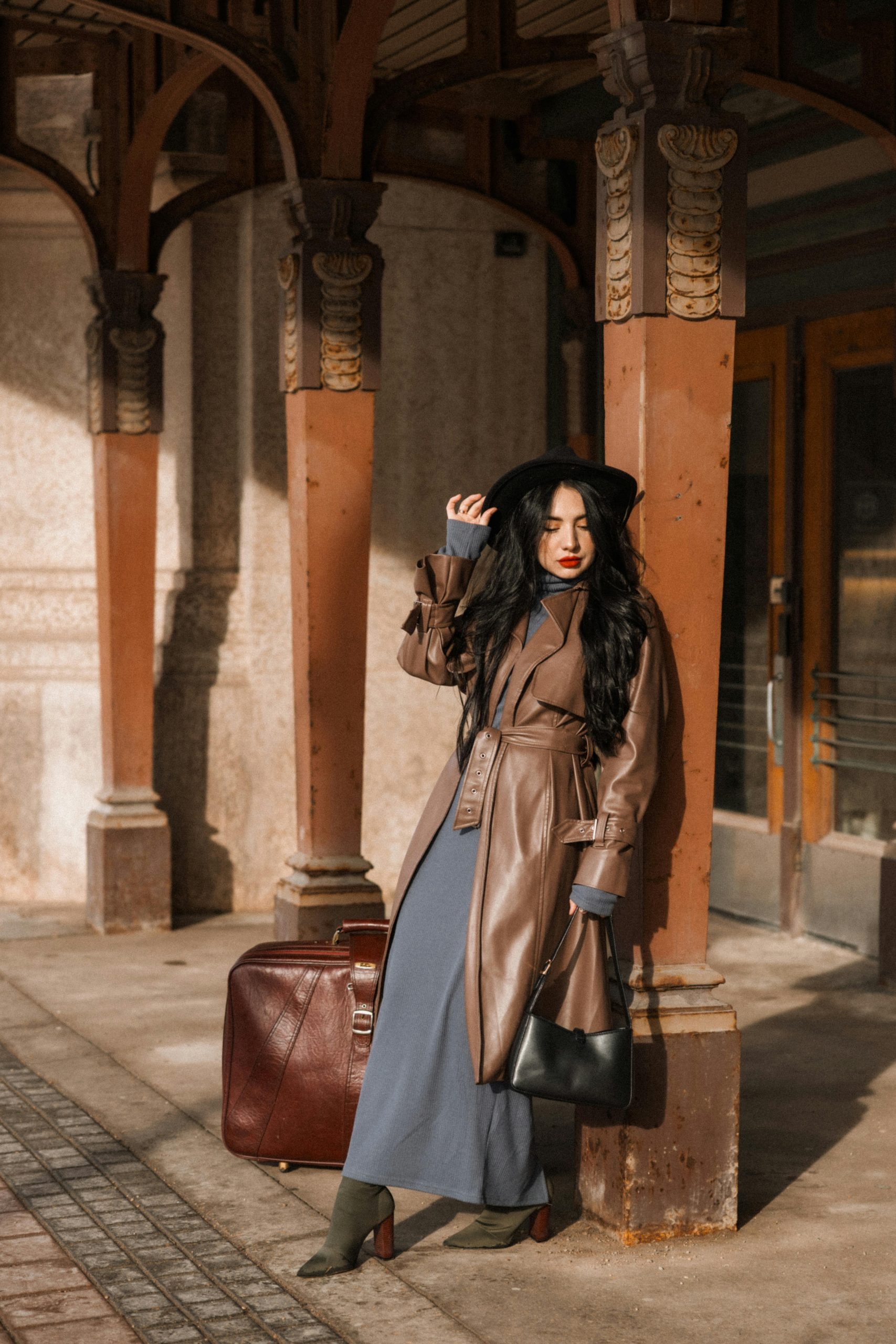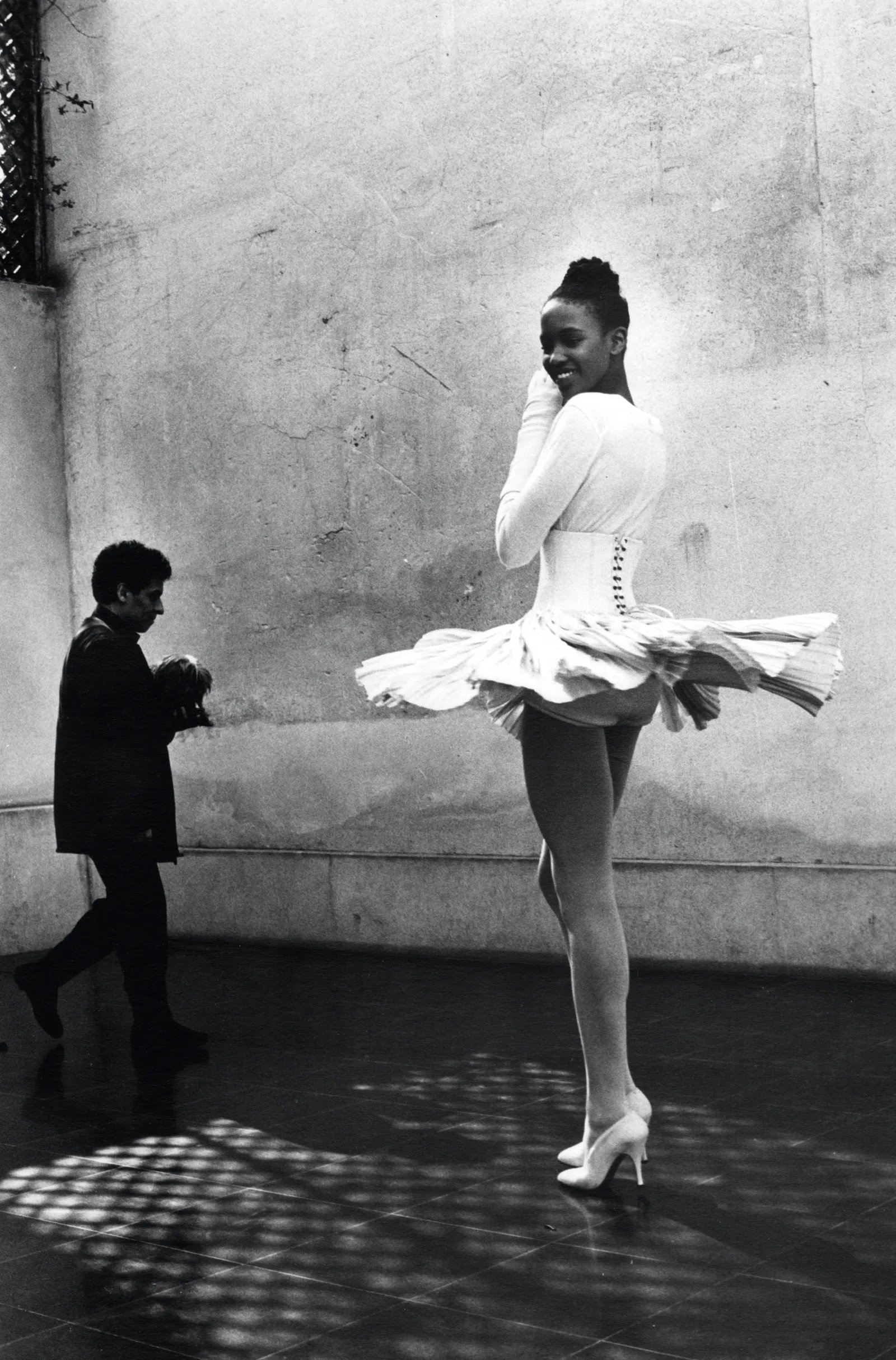
Azzedine Alaïa and Arthur Elgort Exhibition: Fashion Unleashed
This publication is also available in: Français
Deutsch
Italiano
Español
English (US)
While one dreamed of becoming a sculptor and the other a designer, the exhibition Azzedine Alaïa, Arthur Elgort. En Liberté. invites us to rediscover the work of the couturier through the lens of the New York photographer. This is a return to a shared vision of a liberated fashion championed by an independent woman.
Who is Azzedine Alaïa?
Born in a farming family in Tunis in 1935, Azzedine Alaïa was always inspired by art, fashion, cinema and all the people who crossed his path. These various worlds and creative encounters shaped both the man and the artist he became.
Initially destined for sculpture at the fine arts school in Tunis, he diverted his path to fashion upon realizing he could only be a second-rate sculptor. Azzedine Alaïa, who learned sewing alongside his sister to fund his studies, gradually gained recognition to the point of being sought after for the creation of bespoke pieces for private clients.
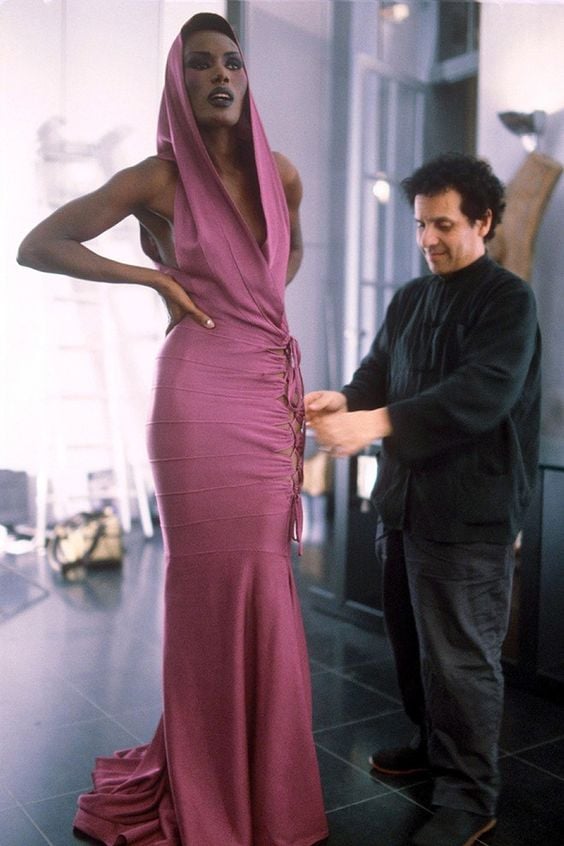
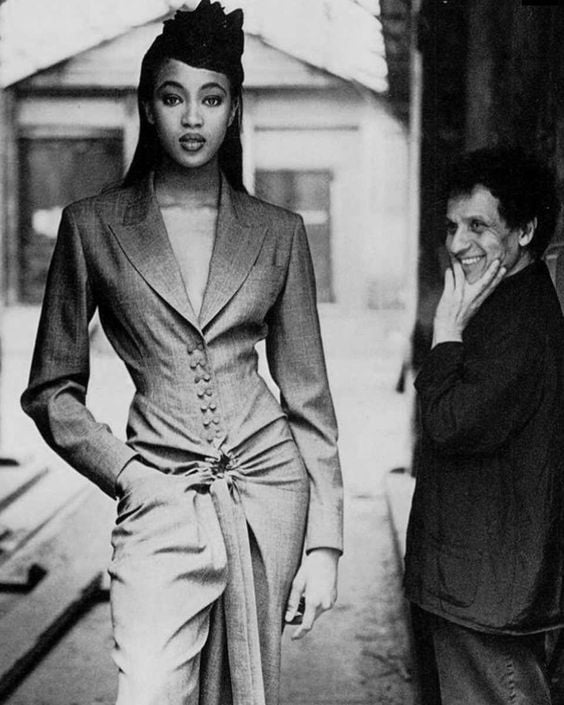
The late 1950s marked his arrival in Paris, and the beginning of many encounters that allowed him to refine his technique, style, and especially his clientele. Working at the Guy Laroche house, he also became a couturier for high-ranking women, including the Rothschild family, while simultaneously receiving commissions from houses and designers such as Christiane Bailly.
A life of encounters
Over the years, the couturier built a network that included him in the world of art and fashion, a major source of his inspiration. Orson Welles, Jean Cocteau, Miro, Bernard Zehrfuss, Louise de Vilmorin, Lison Bonfils… Among filmmakers, painters, architects, writers, models, and editors of major magazines, the Azzedine Alaïa exhibition highlights the significance of this circle of close connections for the couturier, both professionally and personally.
The creation of the Alaïa house
Some of these encounters were pivotal in shaping his career, particularly the opening of his own house, mainly driven by the support of Thierry Mugler and Melka Treanton. Thus, in the mid-1960s, he established it at 60 rue de Bellechasse, before showcasing his designs in New York in the 1980s, officially naming his house “Alaïa” with a first Spring-Summer collection presented in 1983 in Paris. Fame arrived, and his address moved to a private hotel before settling permanently at the current foundation site, where the Azzedine Alaïa exhibition is held.
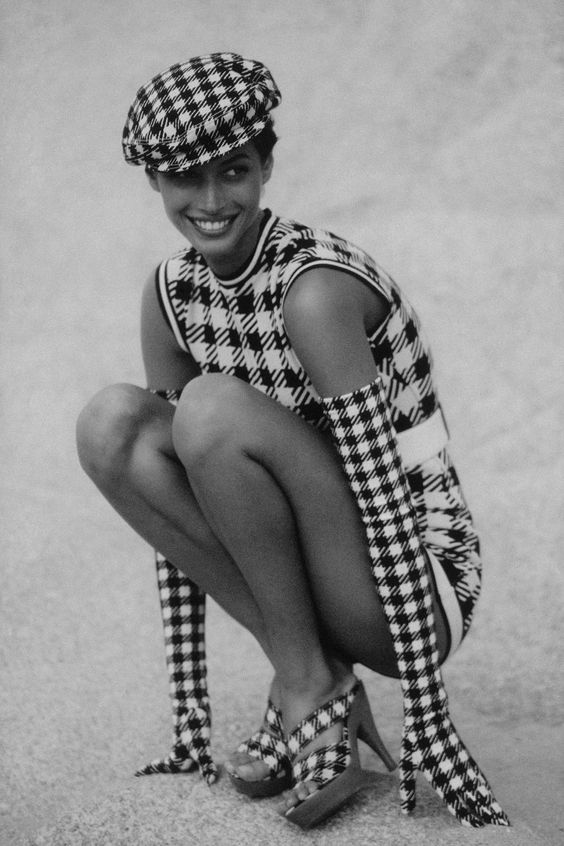
After a few years of creative blur following the loss of his sister, Azzedine Alaïa relaunched the house in the late 1990s, subsequently presenting his first haute couture show, nodding to his earlier iconic pieces. This event was renewed in 2011. Like other designers, the couturier decided to create his own collection calendar to create at his own pace, continuing until his passing in 2018.
Azzedine Alaïa and art
Over the years, the couturier’s work, part of which is visible in the Azzedine Alaïa exhibition, has been brought to light through various displays around the world. Displayed alongside other artists, these scenographies emphasize the creator’s attachment to art, as he himself collects pieces. Over the years, Azzedine Alaïa acquired art pieces and designer dresses, and furthermore, incorporated an exhibition space at his address to showcase the work of other artists.
With a love for cinema, nourished by films he watched when younger, particularly those with Rita Hayworth, Azzedine Alaïa approached the field by receiving commissions from big names like Arletty and Greta Garbo. The world of spectacle also came to him, with the creation of costumes for the dancers of the Crazy Horse, as well as for “The Marriage of Figaro” directed by Christopher Alden.
Who is Arthur Elgort?
Born in New York, the photographer was also destined for another career: that of becoming a painter.
However, not developing in practice, a visit to a camera shop in the 1960s sparked a new passion, photography. From an initial Polaroid, he then moved to a Nikon model, developing an interest in different camera bodies and confirming his desire to be part of this field.
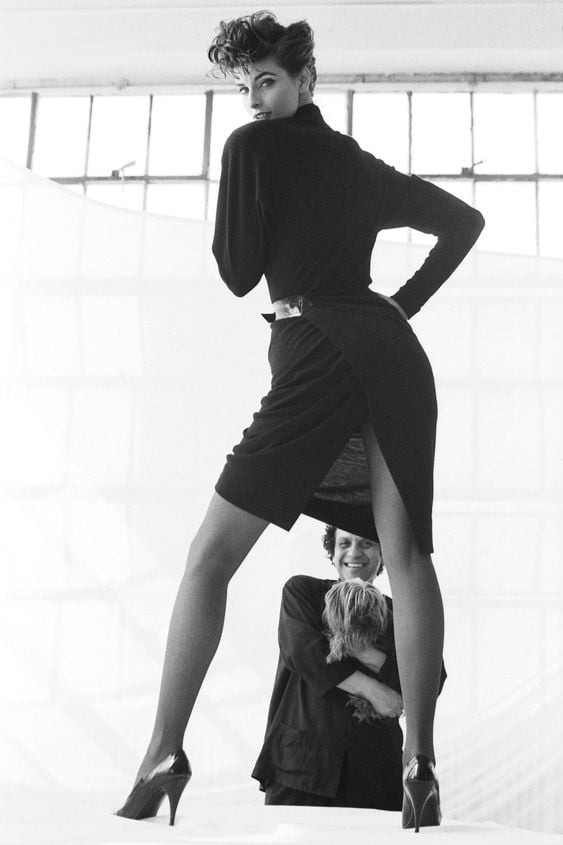
Refining his technique through practice, his shots were noticed, particularly by Alexander Liberman, then the great director of publications at Vogue. Within a year, the photographer saw his work highlighted and found himself working alongside big names like Polly Allen Mellen.
He partially owes his success to his approach to photography that captures the natural, breaking away from any studio decor. A keen eye capturing the moment with subtlety, which has brought a new breath to fashion photography.
The exhibition Azzedine Alaïa, Arthur Elgort: between questions of place and movement
Although the two artists come from different backgrounds and countries, their vision of art, fashion, and time brought them together. Together, their shared vision and the marriage of one’s ready-to-wear creations and the other’s captured moments have redrawn the codes and brought a new definition of freedom in the 1980s.
The Azzedine Alaïa exhibition emphasizes this artistic encounter, which aligns with an evolution of their respective practices. On one side, the era is marked by the couturier’s work spreading through the streets, worn by independent and assertive women. On the other, the photographer immerses himself in an approach to photography outside the studio.

The cities have become the new backdrop for photoshoots, replacing white walls with everyday actions that allow clothing to express itself on women’s bodies.
Together, they captured the movements of fabrics and the curves of models, all with spontaneity, authenticity, grace, and character. A union of two worlds that becomes a unity, where neither overshadows the other. A space of freedom that allowed both artists to meet and create beautiful works.
Between black and white and plays of light, the elements are designed to contrast with the cuts of the fabrics and stolen postures, establishing a new approach to fashion photography.
Discovering the Azzedine Alaïa exhibition at the Paris foundation
Located at the back of a small cobbled courtyard in the heart of the Marais, the exhibition Azzedine Alaïa, Arthur Elgort. En Liberté, immerses us in a place rich in history and elegant architecture. Under its glass roof, presenting itself as a well of light, the scenography first introduces us to the artists through a historical timeline and a film filled with nostalgic testimonies.
Next is a clean and well-thought-out space, highlighting the marriage of the two arts. Adorning the walls of this room, we observe the photographs of Arthur Elgort, in a black and white that is both striking and soothing. On their reverse, the pieces shown in the photo are revealed in echo within their cocoon, like a second reading of the captured moment.
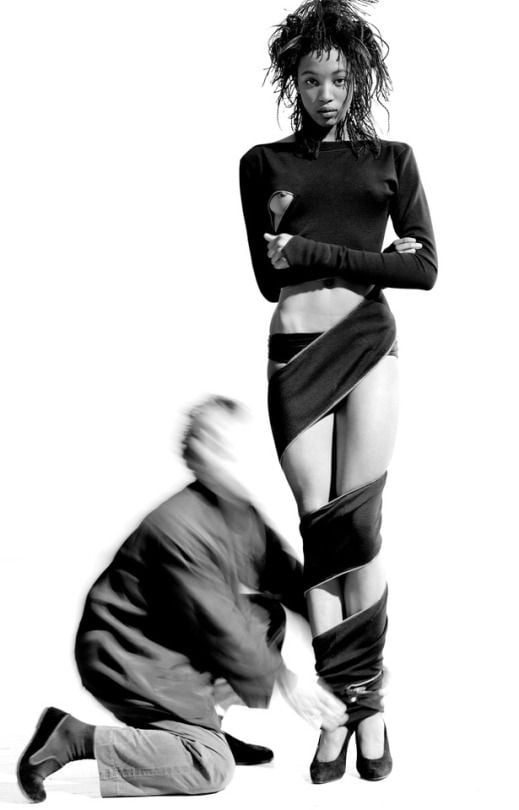
A just way to present both arts in their unity and association. We move from outfit to outfit, from photo to photo, from moment to moment. Before our eyes appear Linda Spierings, Jeny Howorth, Janice Dickinson, Bonnie Berman, Frederique Van der Wal, Naomi Campbell, Christy Turlington, Cindy Crawford, Linda Evangelista, and Stephanie Seymour. All enveloped in Azzedine Alaïa’s cuts, captured in moments where the pose is reinvented. The couturier even appears in some shots, sharing moments of conviviality and complicity within the frame.
A sober and poetic way to rediscover this artistic collaboration that influenced many aspects of fashion in the years that followed.
Craftsmanship at the heart of the Azzedine Alaïa exhibition
Upstairs, a small preserved gem is revealed to us for the first time. That of the workshops. Long kept secret, these are now revealed behind a bubble-shaped glass, a space filled with history and creativity, where time seems to have stopped, among rolls of fabrics, scissors and needles, patterns and racks, boxes of buttons, and other ornaments.
A place that has been the scene of long nights of creation, of exchanges, and the birth of iconic pieces.
In extension, the adjoining space highlights the photographs of artist Thomas Demand. Patterns and other cut-outs are revealed before us, on prints of striking sharpness, colorimetry, and framing. A dive into the couturier’s universe from another angle, punctuating and contrasting with the Azzedine Alaïa, Arthur Elgort exhibition.
A visit that concludes with a detour to the bookstore dedicated to art, as well as a small café, sheltered from the hustle and bustle of the capital.
Our selection of pieces echoing the Azzedine Alaïa exhibition
If the pieces spark your curiosity, find on Modalova many pieces from the Alaïa house, to feel, too, this wind of freedom.
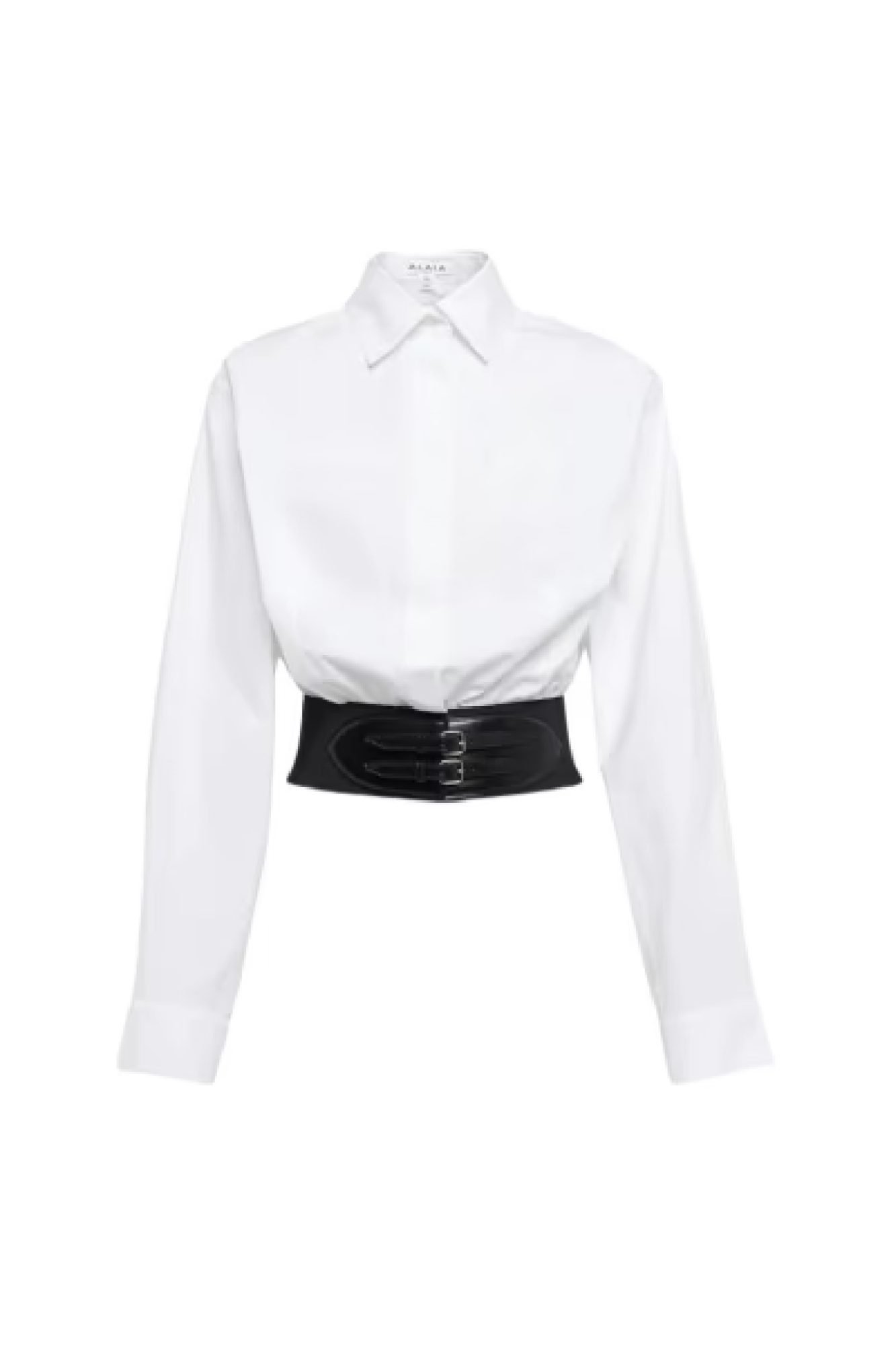
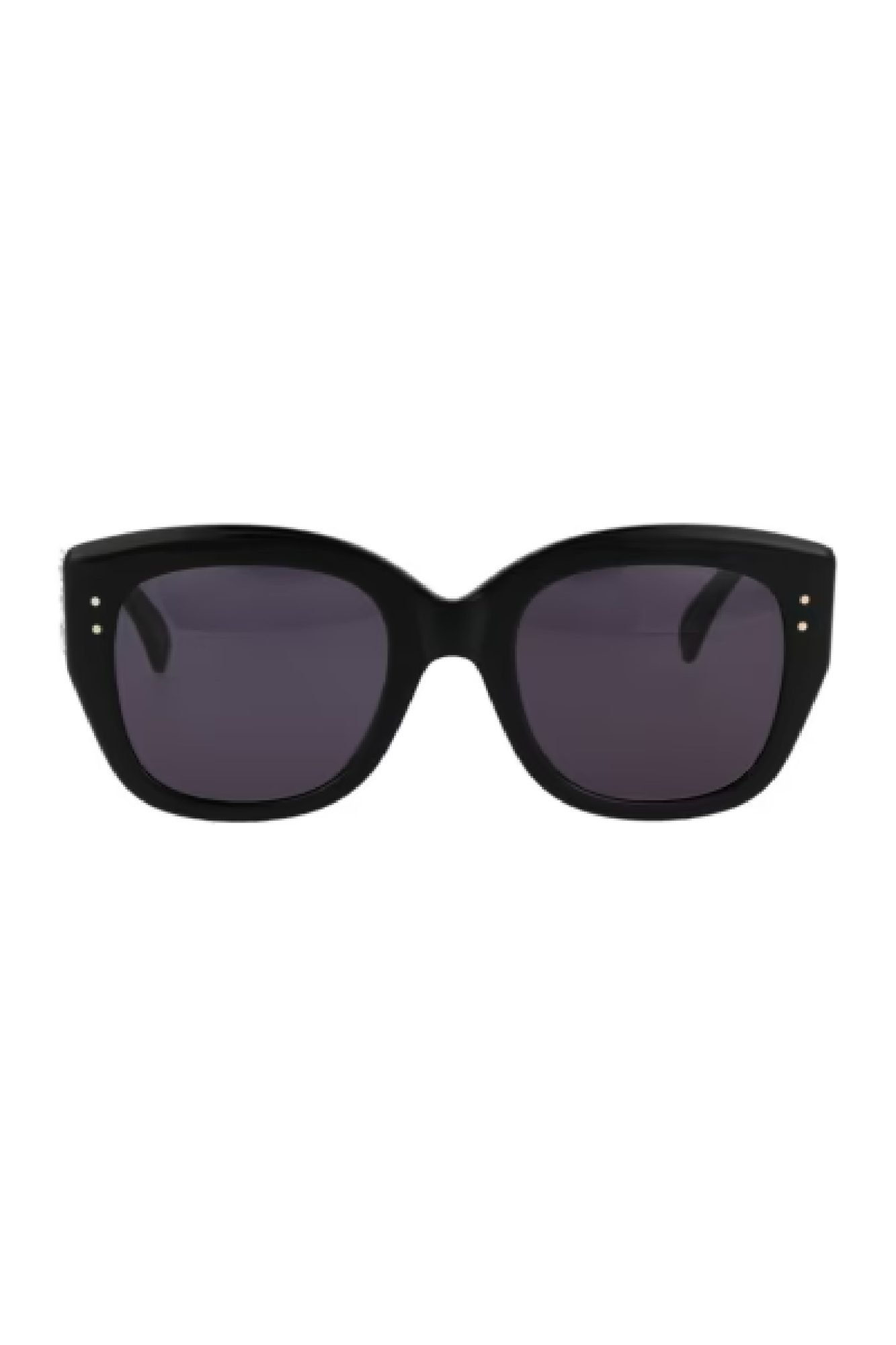
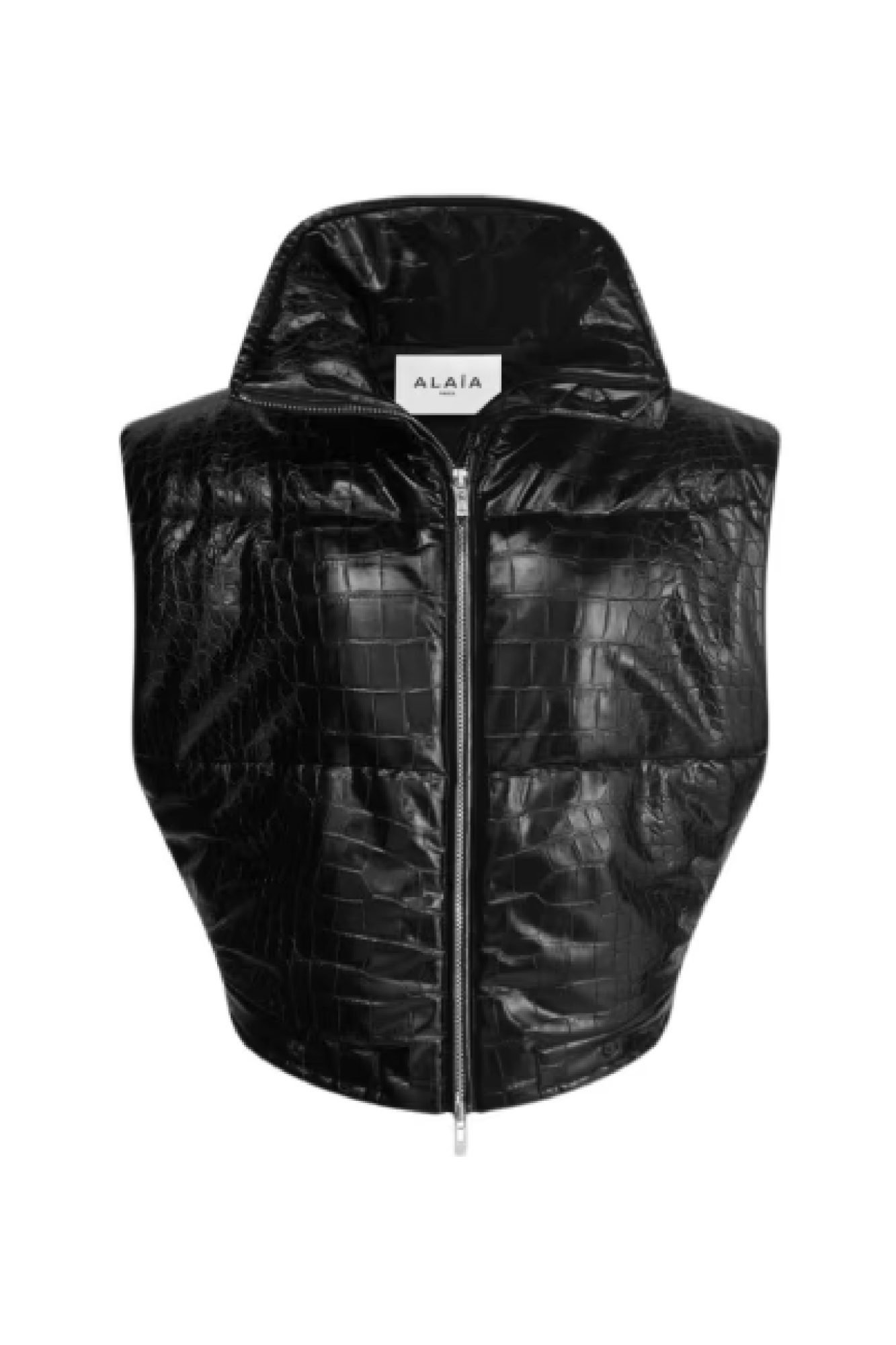
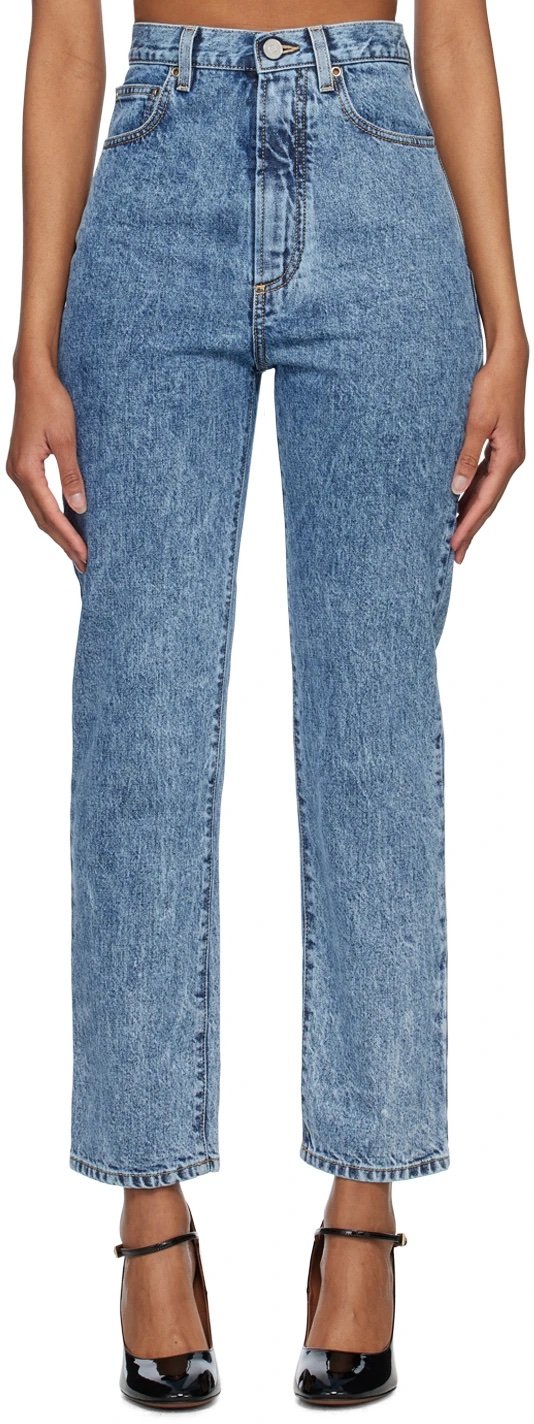
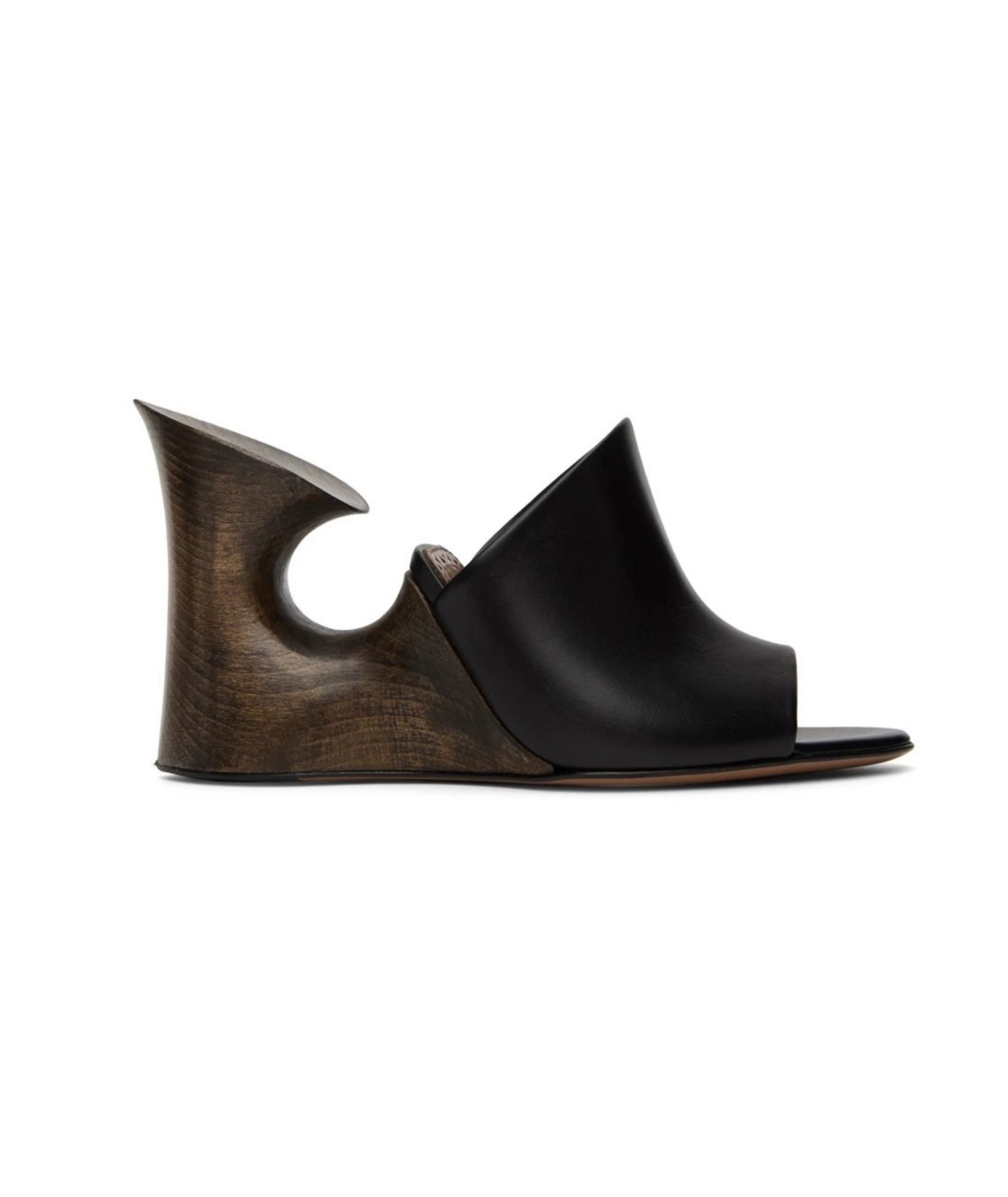
Photos: Pinterest



